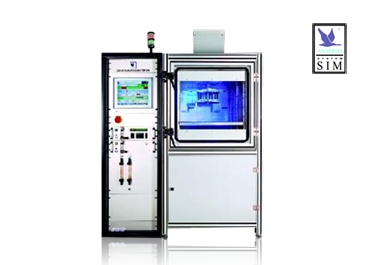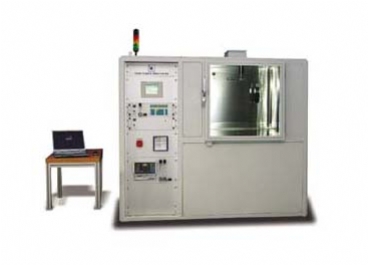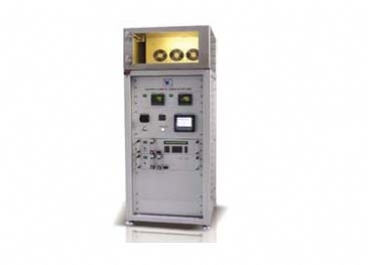耐候性试验 Weathering Testing
欢迎来到耐候性试验网!
咨询热线
18566398802ASTM D1149-07标准详情
ASTM D1149-07测试标准
(该标准已经被ASTM D1149 - 16替代)
本页面标准信息只作为参考使用。更多ASTM D1149-07标准细节信息或ASTM D1149-07测试方法,欢迎致电【400-6808-138】。
-> ASTM D1149-07标准介绍
-> 符合ASTM D1149-07的仪器
-> ASTM D1149-07标准介绍
-> 符合ASTM D1149-07的仪器
ASTM D1149-07标准介绍
ASTM D1149-07简介
ASTM D1149是关于橡胶暴露在一定的程度的含氧环境下,静态或者动态表面拉伸情况下的性能变化的标准,标准后续所带的数字为标准最新修改被采用的年份。出于版权保护原因,本文仅摘抄部分ASTM D1149-07英文标准,如需完整ASTM D1149-07内容请购买请垂询客服人员。


